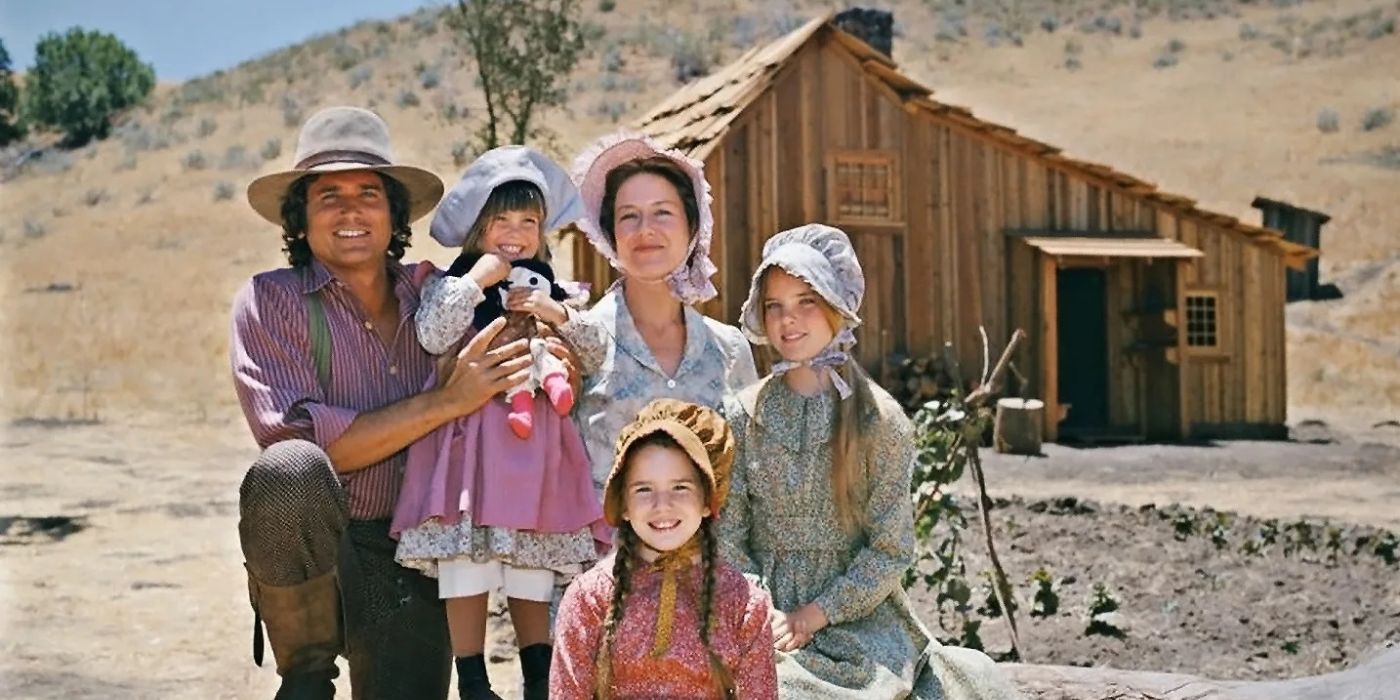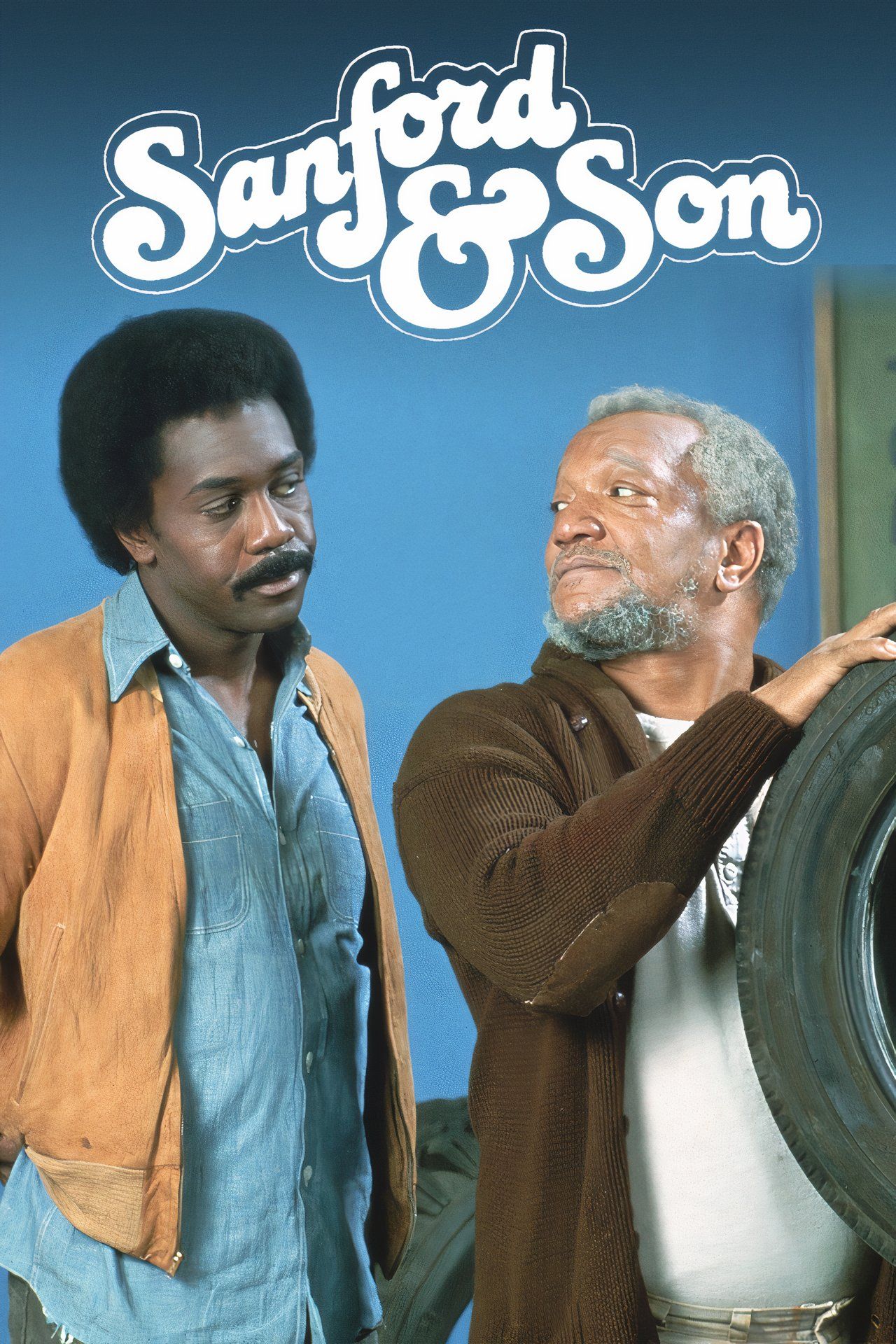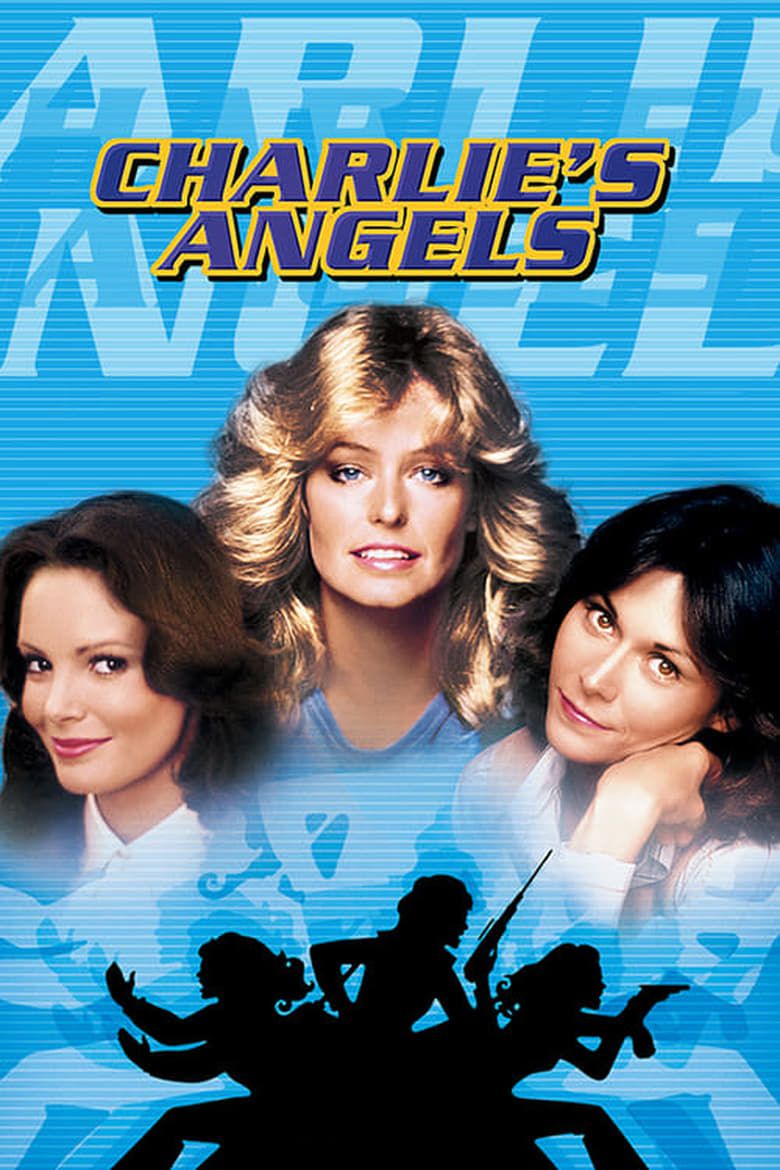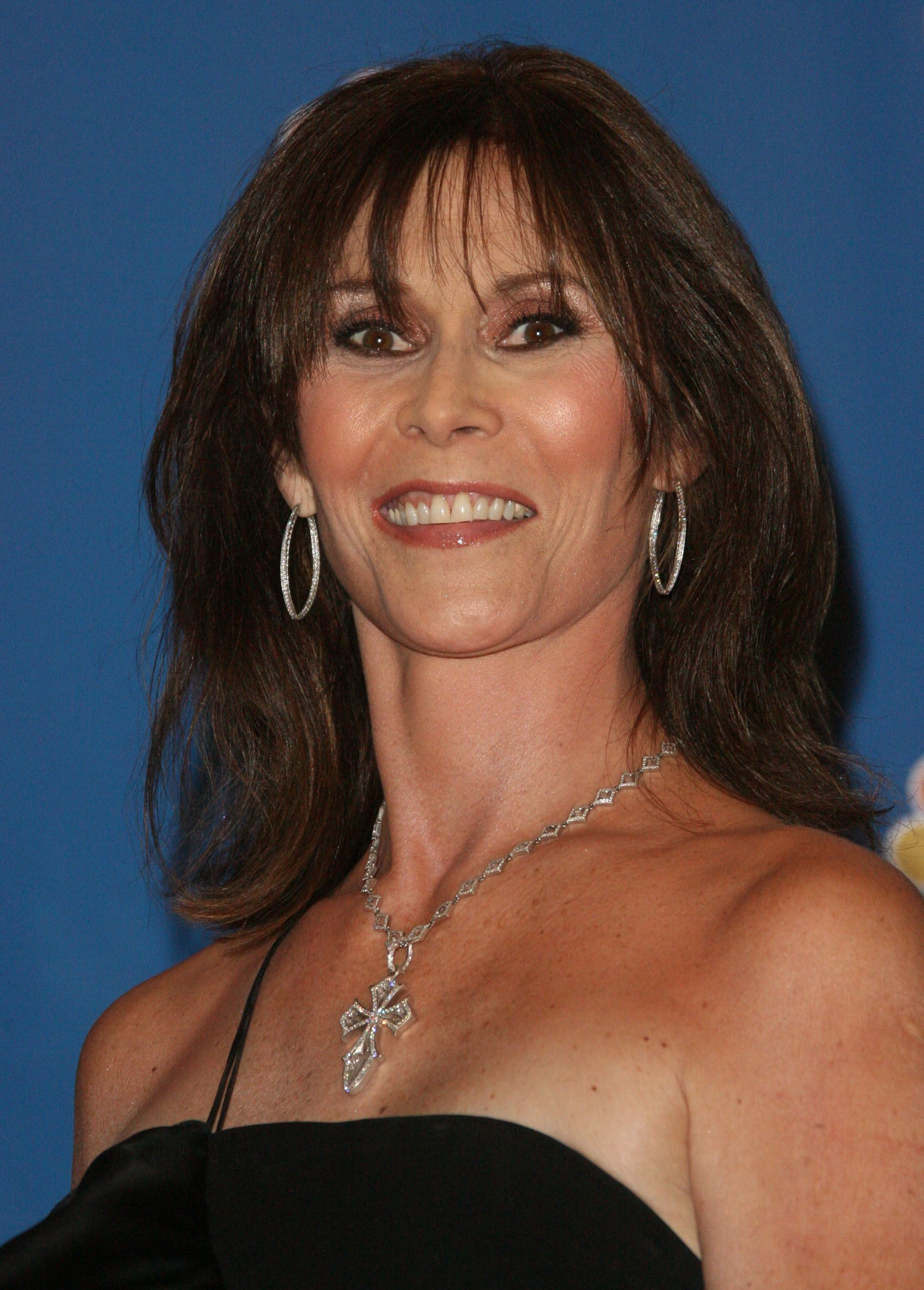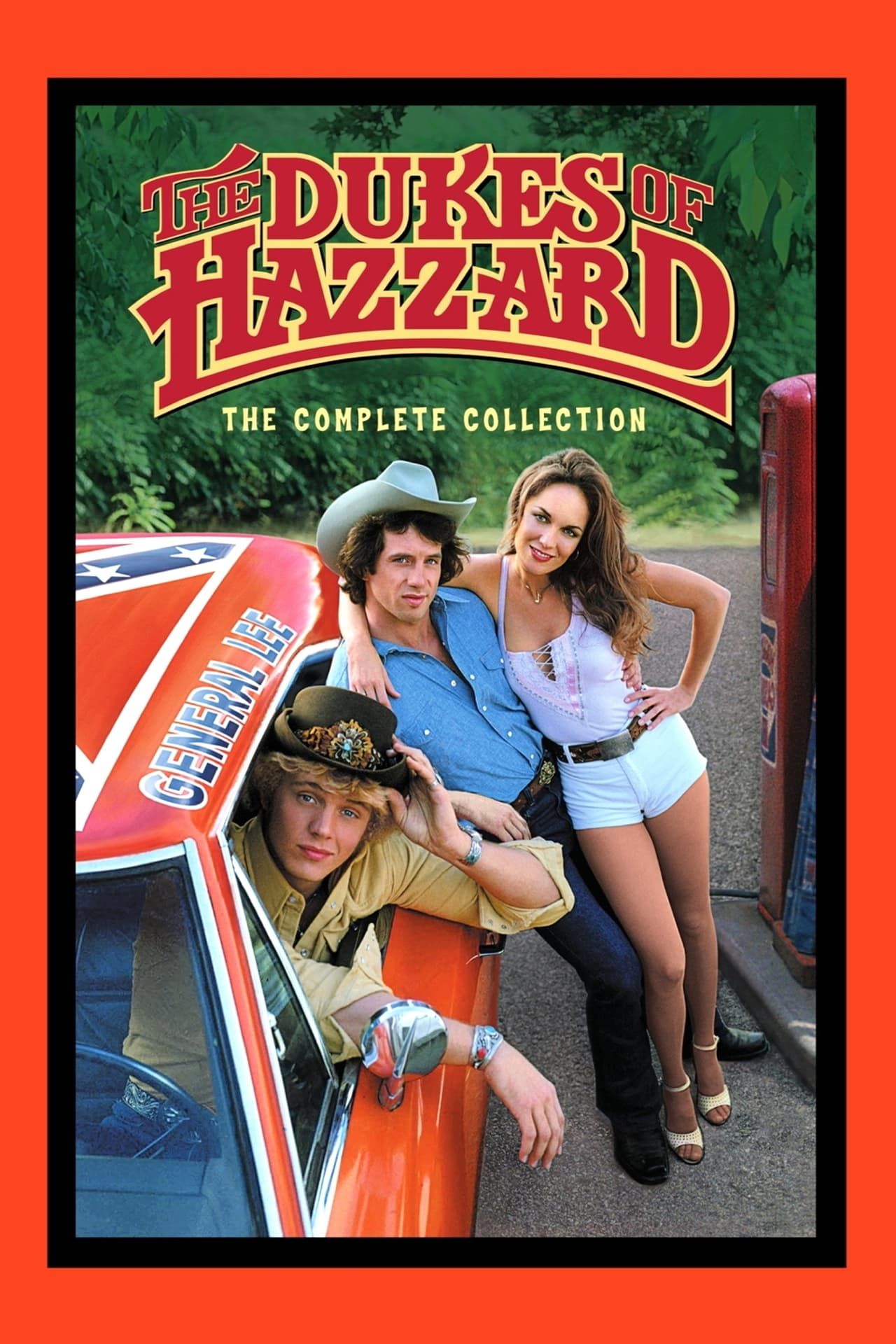All In The Family
Every 10 of television set brings something different to the table , and what was allowed to be shown and order on TV has change a good deal since the 1970s . A peak for the classical family situation comedy and an interesting point of chronicle , the 1970s boast some of the most influential plot and formula that shows have been in conversation with for class . While in the contemporary era , more explicit depictions of violence and sexual practice can be read on television , in the seventies , it was what the character said and the types of trick they were making that would n’t fly today .
Of course , the setting of these issues matters , as there are time when television shows discuss the harm of stereotypes and discrimination . However , many of these serial from the ' 70s , likeAll In The Family , were n’t concerned with subverting these problematic archetypes and intentionally reinforced them instead . There are view of these series that are still beloved , and just because something has n’t aged well does n’t mean it should needfully be block forever . While there are plenty of modernTV shows that perfectly cover the 1970s esthetic , these series embody them effortlessly .
10The Love Boat (1977–1987)
This cruise-set sitcom features a revolving door of characters
Your Rating
Your commentary has not been saved
Cast
The Love Boatquickly rose to bump for featuring a new stage set of patronize characters in each episodeas the ship go to different ports . The central hurl , which was primarily made up of the ship ’s crew , were the mainstays of the serial publication and anchored the project as the invitee stars number and went . While there were some topical episodes ofThe Love Boat , the show is very of its time in terms of the racial , sex - based , and political stereotypes that are particularly prevalent in how the characters interact with each other .
In some way , it ’s noteworthy thatThe Love Boatwas able to discourse sex and romance with so much candor , but it did so with off - bridge player antic that would n’t land on contemporary audiences .
While the premise ofThe Love Boathas aged decently well , it ’s the casual sexism and tokenization of characters of color that are the most difficult aspects of the show to sit through today . In some ways , it ’s noteworthy thatThe Love Boatwas able to hash out sexuality and Latinian language with so much candor , but it did so with off - hand jocularity that would n’t put down on modern-day audiences . Outside of this , The Love Boathas received critique for insistent storyline , especially in the later seasons .
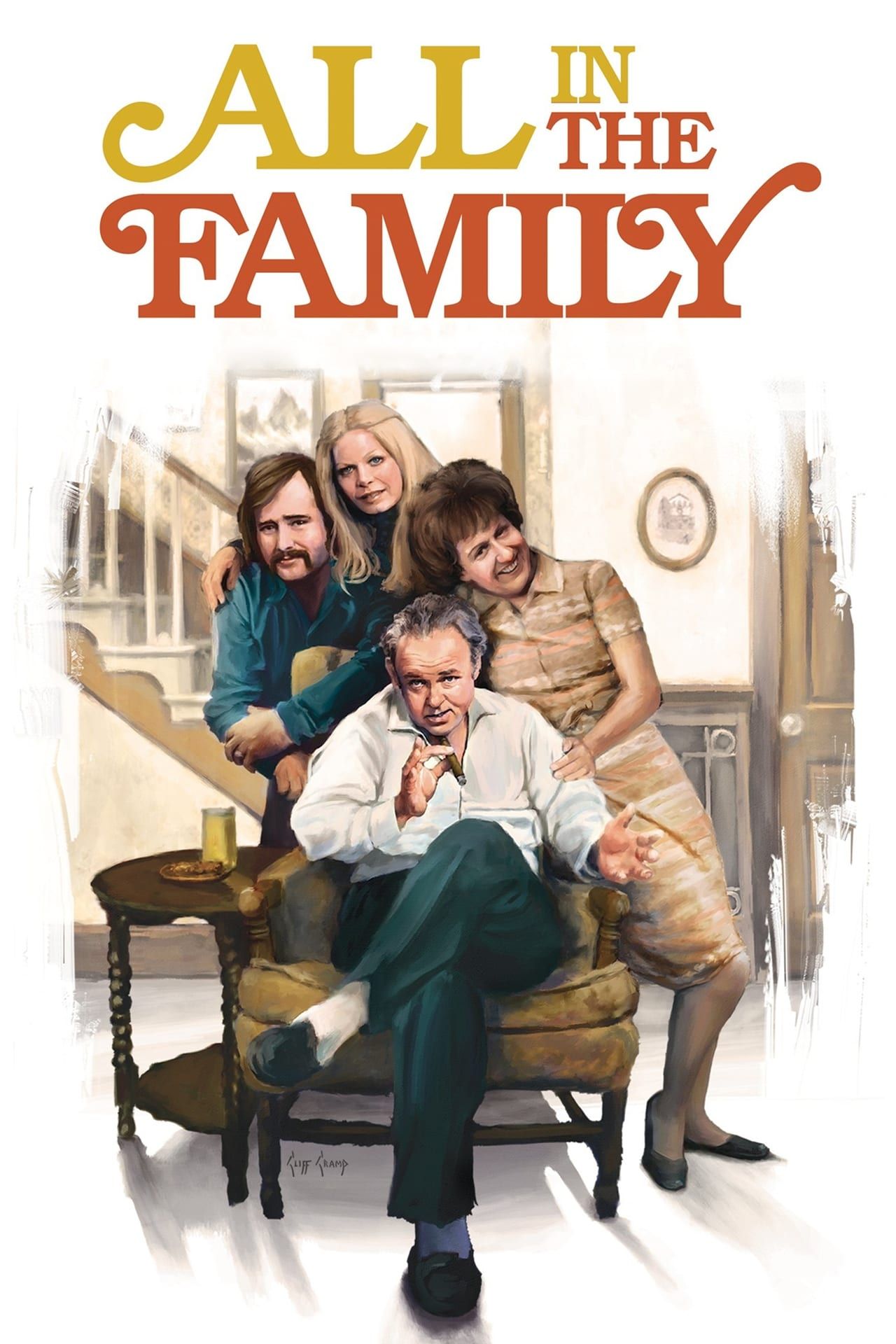
Title
IMDB Score
The Love Boat ( 1977–1987 )
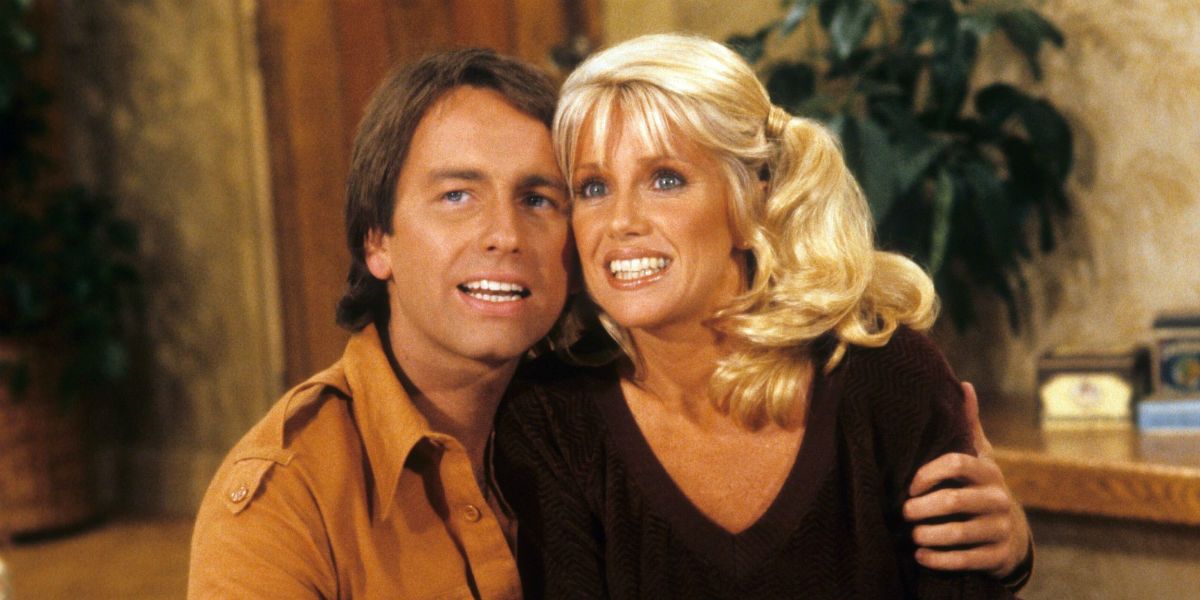
6.3/10
9Welcome Back, Kotter (1975–1979)
In trying to push boundaries, Welcome Back, Kotter typically fell flat
Featuring a young John Travolta in his breakout role , receive Back , Kottersees its central persona gather together in a curative gamy schoolhouse class and search the humor and pitfalls of this situation . By touch upon raceway , course , and other contemporaneous social result , Welcome Back , Kotterwas clearly trying to include a broad array of graphic symbol from diverse backgrounds . sure episodes touched upon how this can lead to a lack of support in the education system .
receive Back , Kotter might have had genuine intentions in trying to promote racial diversity on TV , but it ended up mining racial stereotypes for laughs . This does n’t boost diversity but makes it all the more unmanageable to incorporate it positively onscreen . As well - meaning as it might have been , it does n’t absolveWelcome Back , Kotterfrom the insensitive remarks that are treated as comedy . Greg Kaplan leads the cast as the titulary teacher , Gabe Kotter , who anchors the serial and lends some heart to the story .
receive Back , Kotter ( 1975–1979 )
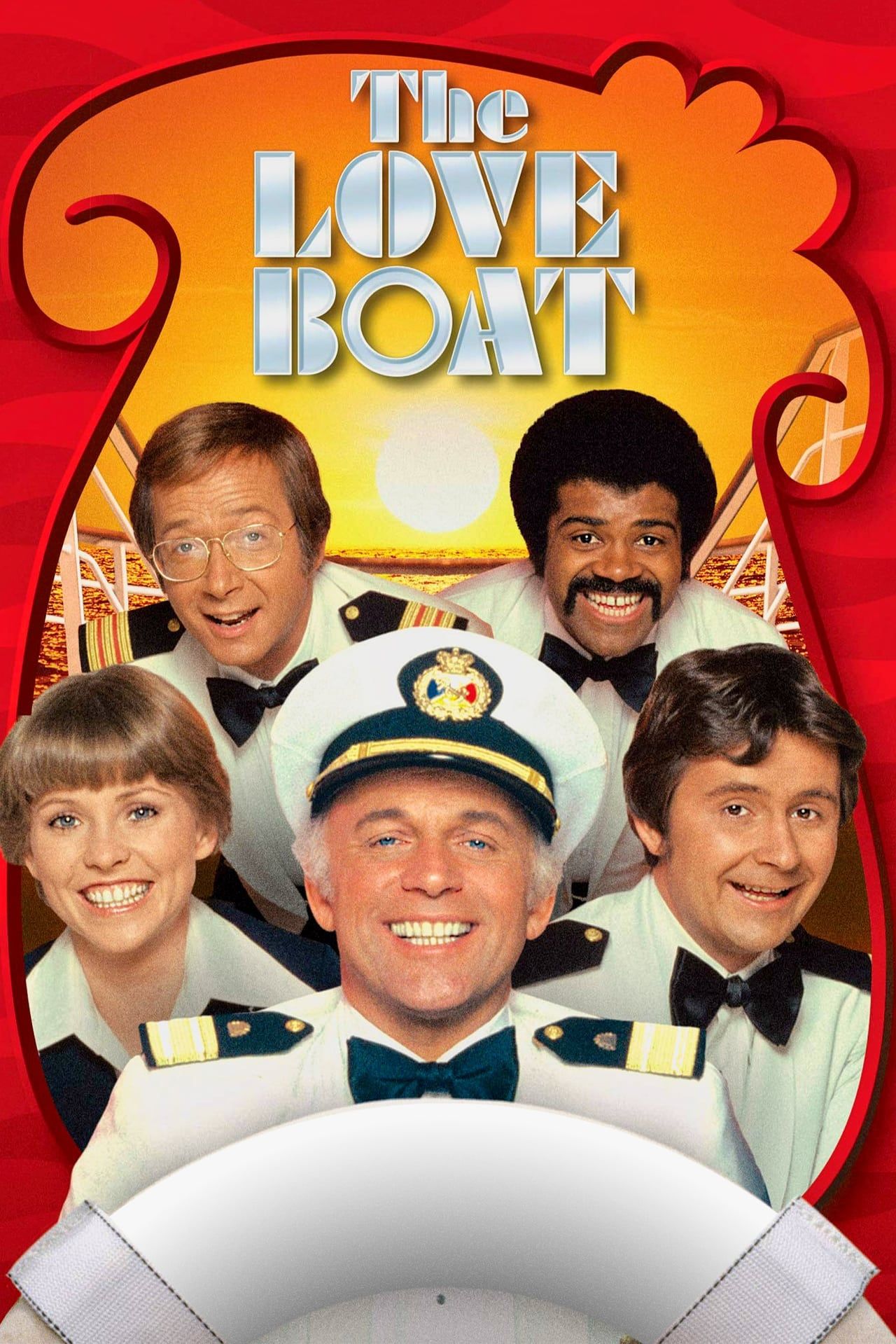
7.1/10
8The Jeffersons (1975–1985)
Despite the strides The Jeffersons made in representation, it wasn’t perfect
The Jeffersonswas straightaway herald for its agency of an upper - middle - class Black family , which broke aside from racial stereotypes that dim characters were pigeonholed into . A spinoff ofAll In The Family , The Jeffersonscentered on the nominal familyand the ups and down of their personal lives and the ironical - cleaning business enterprise George Jefferson ( Sherman Hemsley ) , the paterfamilias , ran . In many ways , The Jeffersonsfollowed the same formula and story complex body part as other sitcom on television , but the series ' problems ca n’t be ignored .
This complex bequest and layered realism of the show ’s history is a definitive element of television set during this decade , as so much societal change was assume place .
A large part of Norman Lear ’s bequest was cemented by his employment onThe Jeffersons , which like a shot grappled with raceway and other societal issues of the clip . As much asThe Jeffersonsdid in terms of breaking out from harmful depictions of Black Americans , the serial also freely used the clichéd limning of the characters , often making fun of their intelligence . This complex legacy and superimposed reality of the show ’s history is a authoritative ingredient of television during this decade , as so much societal variety was take station .

The Jeffersons ( 1975–1985 )
7.5/10
7Three’s Company (1977–1984)
The central joke of Three’s Company punches down at the LGBTQ+ community
John Ritter , Joyce DeWitt , and Suzanne Somers make up the central three inThree ’s fellowship , as a trio of roommates living together in California . However , since their landlord is old - fashioned and does n’t okay of unmarried men and char cohabitating , Jack ( Ritter ) spend the serial venture to be gay . While the issues and existence of the LGBTQ+ community were still considered reasonably out on goggle box , Three ’s Companydidn’t ferment severely to battle the regressive ideas surrounding LGBTQ+ identitiesthat were rife in the ' 70s .
Three ’s party
6Little House On The Prairie (1974–1983)
This Western TV show overlooks many realities of the American West
Based on the darling children ’s Word of God series by Laura Ingalls Wilder , Little House on the Prairie , the series of the same name follows the Ingalls family and their experience on their farm in the late 1800s . lead for nine season , Little House on the Prairieconnected with audiences because of its source cloth and the way audiences could see themselves in the untried child the program concentrate . The series is different from a traditional Western since it looks directly at descend syndicate life .
Netflix ’s program to reboot a classical Western show , and how the reboot will compare to the original Holy Writ is explained by the series ' original whizz .
However , there are some unfortunate aspects thatLittle House on the Prairieshares with some former movies in the musical style . Most notably , Little House on the Prairie ’s characterization of Indigenous Americans were stereotypical at adept and sickening at forged . The bloodless settlers were portrayed as heroes , while the endemic people were publish one - dimensionally and often as baddie . While the show tackled some serious topics with nicety , like grappling with dying , the rumored approaching reboot must repair the 1970s series ' mistake .
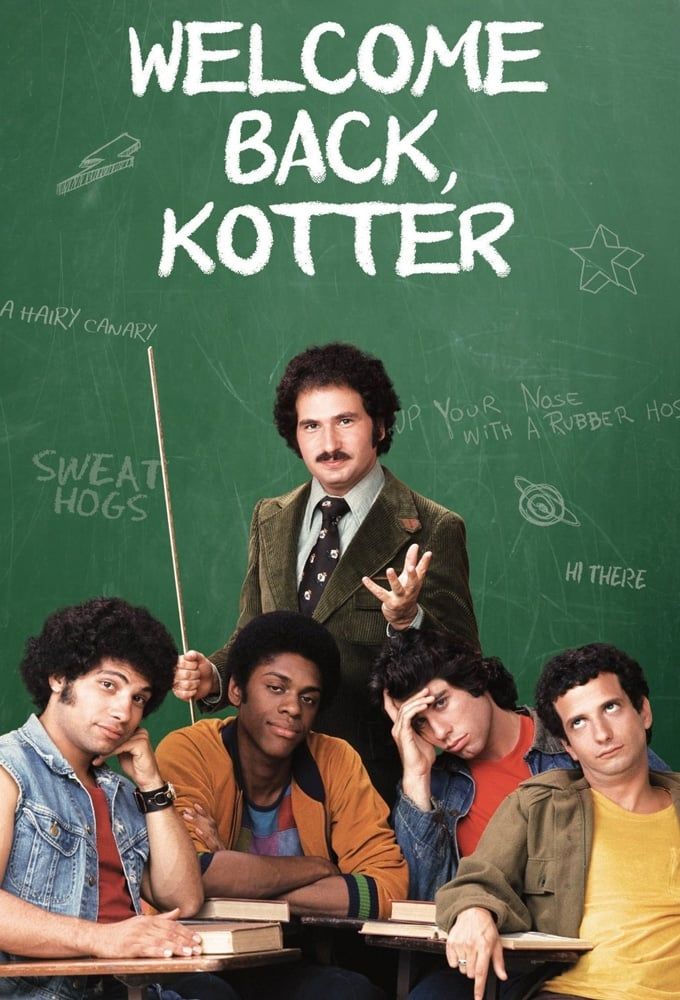
piddling House on the Prairie ( 1974–1983 )
5All In The Family (1971–1979)
Archie Bunker’s character makes All In The Family hard to watch at times
Thanks tothe enormous popularity of the hit TV showAll In The Family,there were manyAll In The Familyspinoffs , likeThe JeffersonsandMaude . The length of service and enduring name acknowledgment thatAll In The Familystill holds demonstrates how well the serial connected with audience of its time . reckon back at the pitfalls of the show today reveals the issues and dated element that would n’t be a part of a television series in the 2020s .
All In The Familyrepresents the cognitive racket of the time , as it could talk about huge controversies and was undecided about category disparity in the U.S. However , at the same time , Archie Bunker ( Carroll O’Connor ) remain one of the most controversial TV character in history . All In TheFamilycharacterized Archie as a regressive piece who did n’t shy away from convey highly offensive radical while verbally berating his family . Though this was softened with his hard work and hide loving nature , he ’s an easy fibre to dislike .
All In The Family ( 1971–1979 )
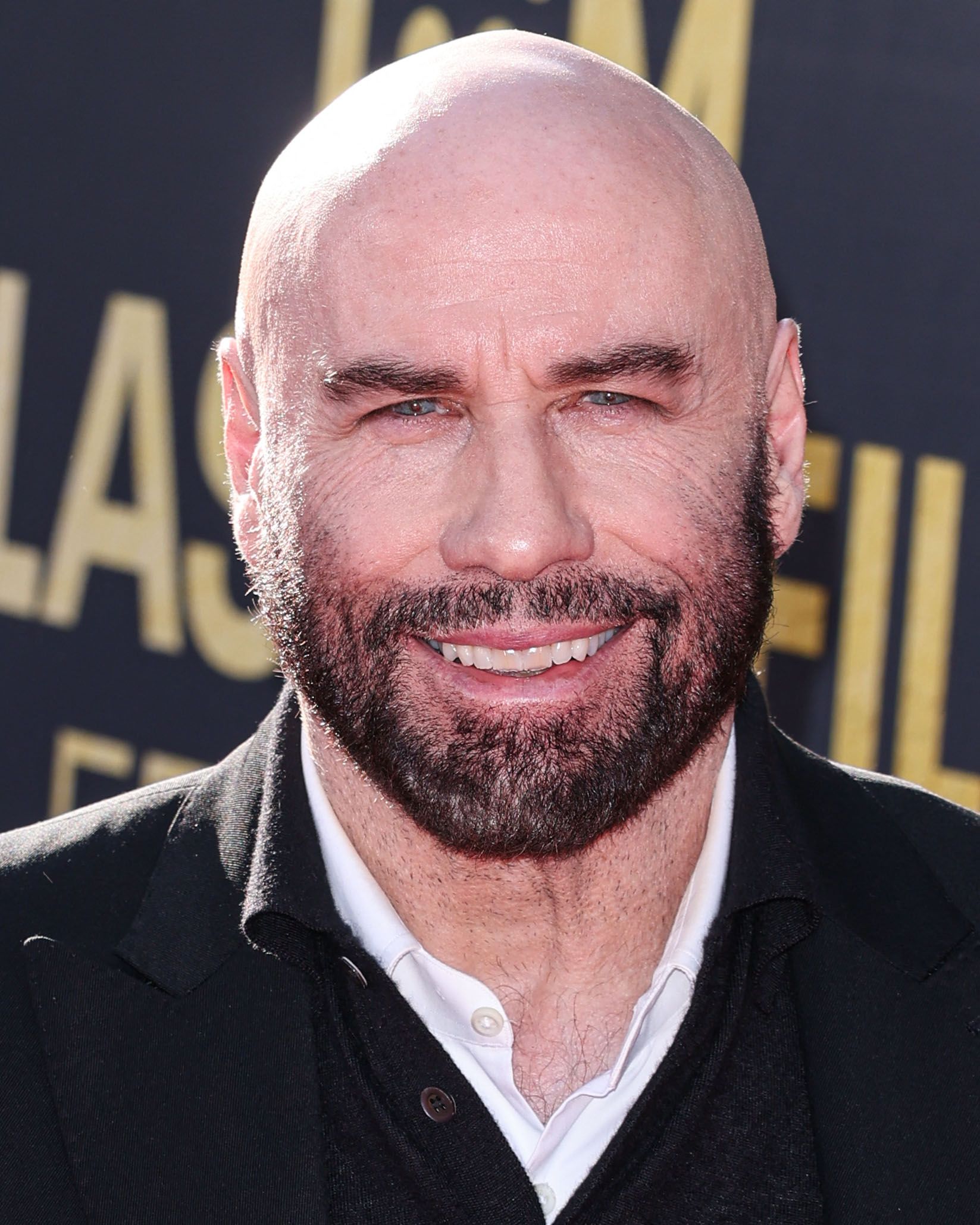
8.4/10
4Soap (1977–1981)
A satirical sitcom that took on the world of the soap opera
scoop operas have long been the stern of the jokes when it comes to comedyand satiric parodies of the melodrama seen in these daytime TV shows . This is whatSoap , the 1977 series , is all about , and the serial publication was never afraid to employ the unexpected and often controversial storylines that were feature prominently in liquid ecstasy operas . However , in going further than other TV series and depicting characters who were typically overlooked onscreen , Soapwasn’t always arrant .
Of all the shows from the 1970s that tend into politically incorrect soil , Soapdoes so in the most knife - in - cheek ways .
In general , the show worked intemperately to be before of its time and tip into comedy rather than malice in its writing . However , Soapdidn’t always treat its somewhat controversial subjects delicately since the comedic nature of the show made it unmanageable to take some storyline seriously . Of all the shows from the seventies that tend into politically incorrect territory , Soapdoes so in the most tongue - in - boldness ways . A young Billy Crystal can be seen in the serial , making bawdy put-on that are sometimes in poor taste with the rest of the cast .
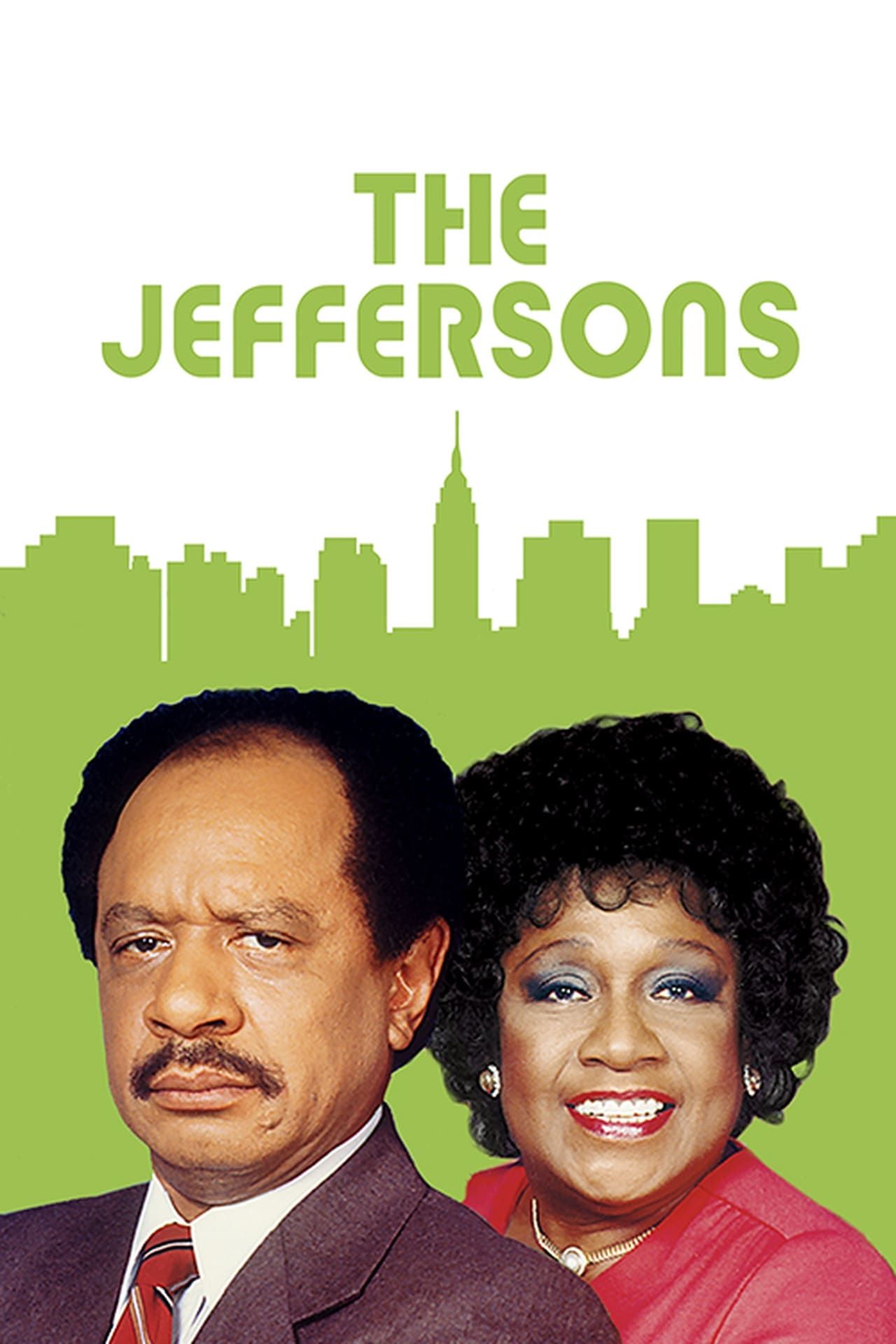
Soap ( 1977–1981 )
8.3/10
3Sanford And Son (1972–1978)
This series touched upon the issues of a father-son duo
From its other conception , Sanford and Sonhad some issue as it ’s base on the British tv set seriesSteptoe and Son , which was about a white forefather and son twosome . It would have been more exciting to see a unique and dedicated storyline given to a show likeSanford and Son . Redd Foxx and Demond Wilson asterisk inSanford and Sonas Fred and Lamont Sanford , who jazz and supported each other even when they were at betting odds . The characters were the heart and soul of the show , and their moral force was a key piece of its success .
However , there are many understanding whySanford and Sonwas so popular , asthere should be representation of workings - class home of all background on television . However , the portrayal of these case start to become an result when they feed into harmful political orientation . While it touched upon the racial issues the man faced in their lives and in the larger world , the character reference face repercussion from some audiences and critic for their adherence to these stereotype .
Sanford and Son ( 1972–1978 )

7.9/10
2Charlie’s Angels (1976–1981)
One of the original TV shows that emphasized the sex appeal of its characters
There ’s a just reason whyCharlie ’s Angelseventually became a beloved enfranchisement . The more late movies are fun , and the doer from the original show quickly became icon , like Farrah Fawcett . On one hand , it was exciting to see such an early example of an activity show that boast female leads . However , Charlie ’s Angelsfalls flat in the fashion the fundamental characters are portrayedand objectified for their bodies . There was rarely an episode in which the new women who played the Angels were n’t put in expose clothing for the sake of attracting audiences .
While the series poked fun at itself and retained a certain degree of ego - awareness , it ’s difficult to overlook some of the more obvious sexual victimization and the lack of women behind the camera .
Though the2019Charlie ’s Angelsremake was poorly received , the franchise itself has evolved a with child trade since the initial idiot box show . A large part of this is thanks to the elbow room the former 2000s horn in fun at the sexism of the first show and gives the great power back to the Angels . While the serial thump fun at itself and retained a sure level of ego - awareness , it ’s unmanageable to overlook some of the more obvious intimate using and the lack of cleaning woman behind the photographic camera .
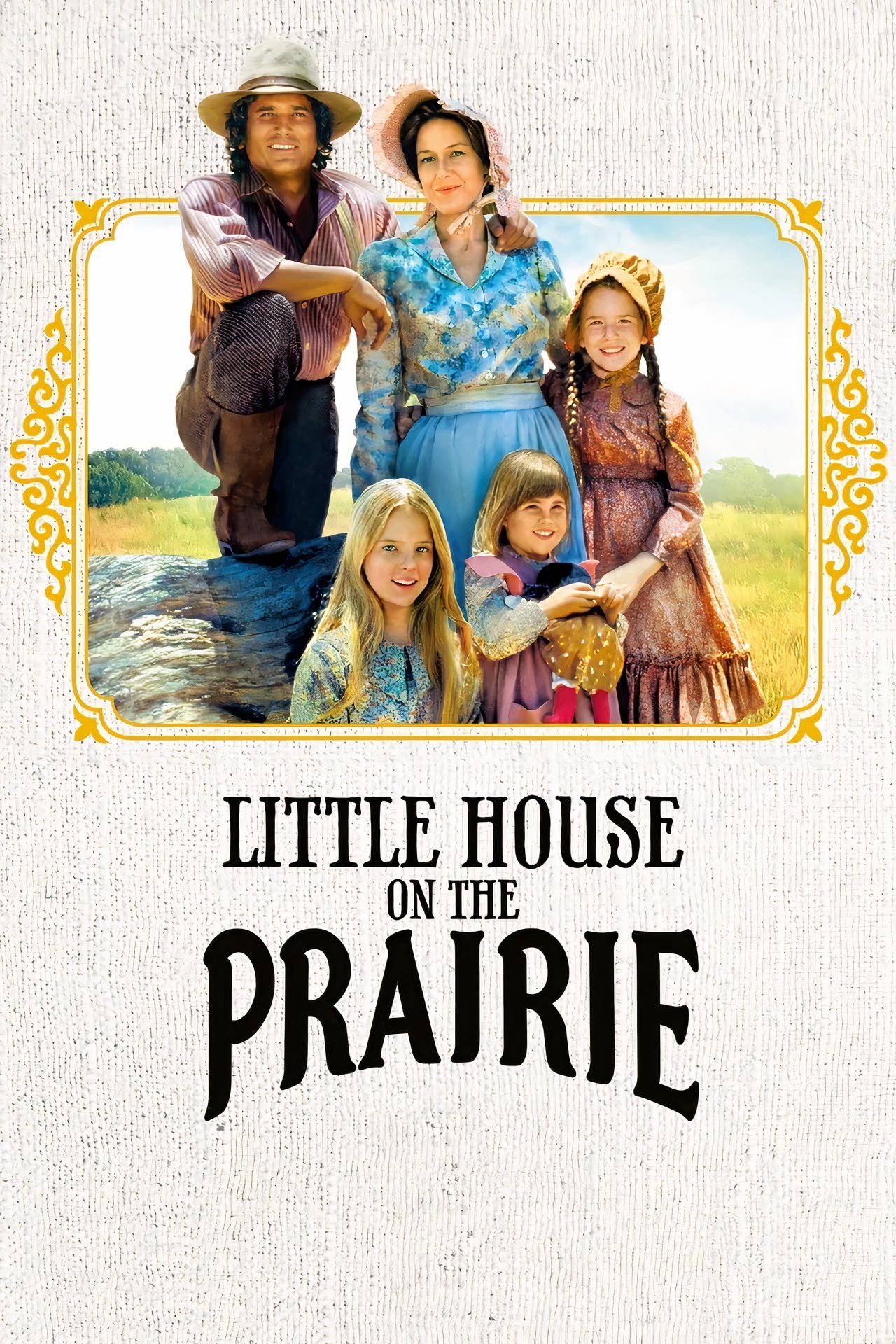
Charlie ’s Angels ( 1976–1981 )
6.6/10
1The Dukes Of Hazzard (1979–1985)
The bumbling Dukes who lead The Dukes of Hazzard can’t avoid the problems of their past
Known for coin the condition " Daisy Dukes " and exalt the 2005 movie of the same name , The Dukes of Hazzardis a TV show that has a decent number of elusive elements . The character inThe Dukes of Hazzardare ultimately portrayed with empathyand as good hoi polloi at the end of the sidereal day . However , this does n’t deepen the fact that much of their word-painting reinforces stereotype about people living in the American South .
The boastful wayThe Dukes of Hazzardhas age poorly is through the prominent show of the Confederate flag throughout the episodes . The Confederate flag is overpoweringly study a symbolisation of hatred , wildness , and explicit racial discrimination today , and have two characters who the audience are supposed to be steady down for driveway around with the flag on their truck would n’t inspire a devoted fanbase . There ’s little interrogative that no TV show would use the sword lily in this context , and this part of the series makes it tough to revisitThe duke of Hazzard.
The Dukes of Hazzard ( 1979–1985 )
